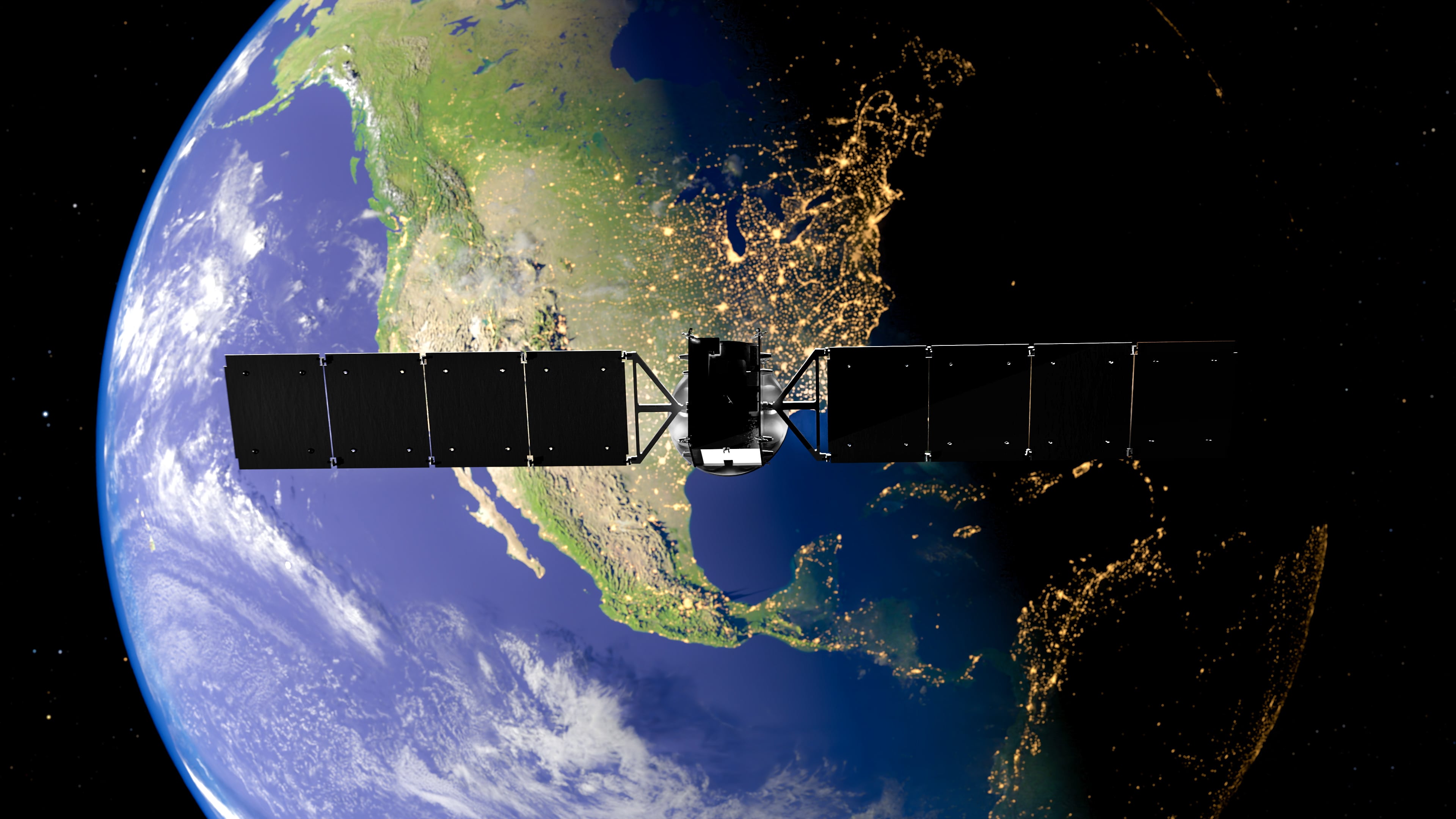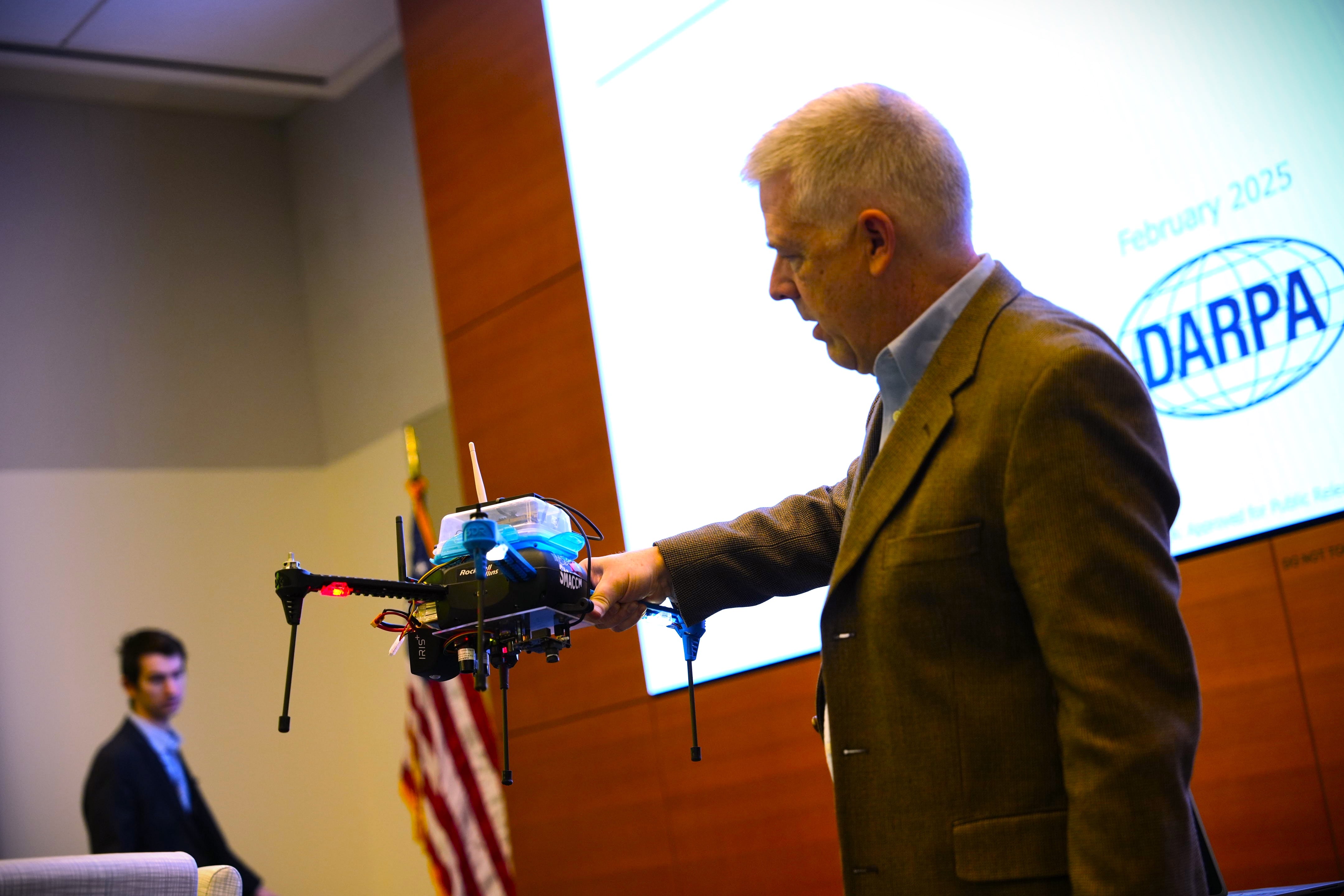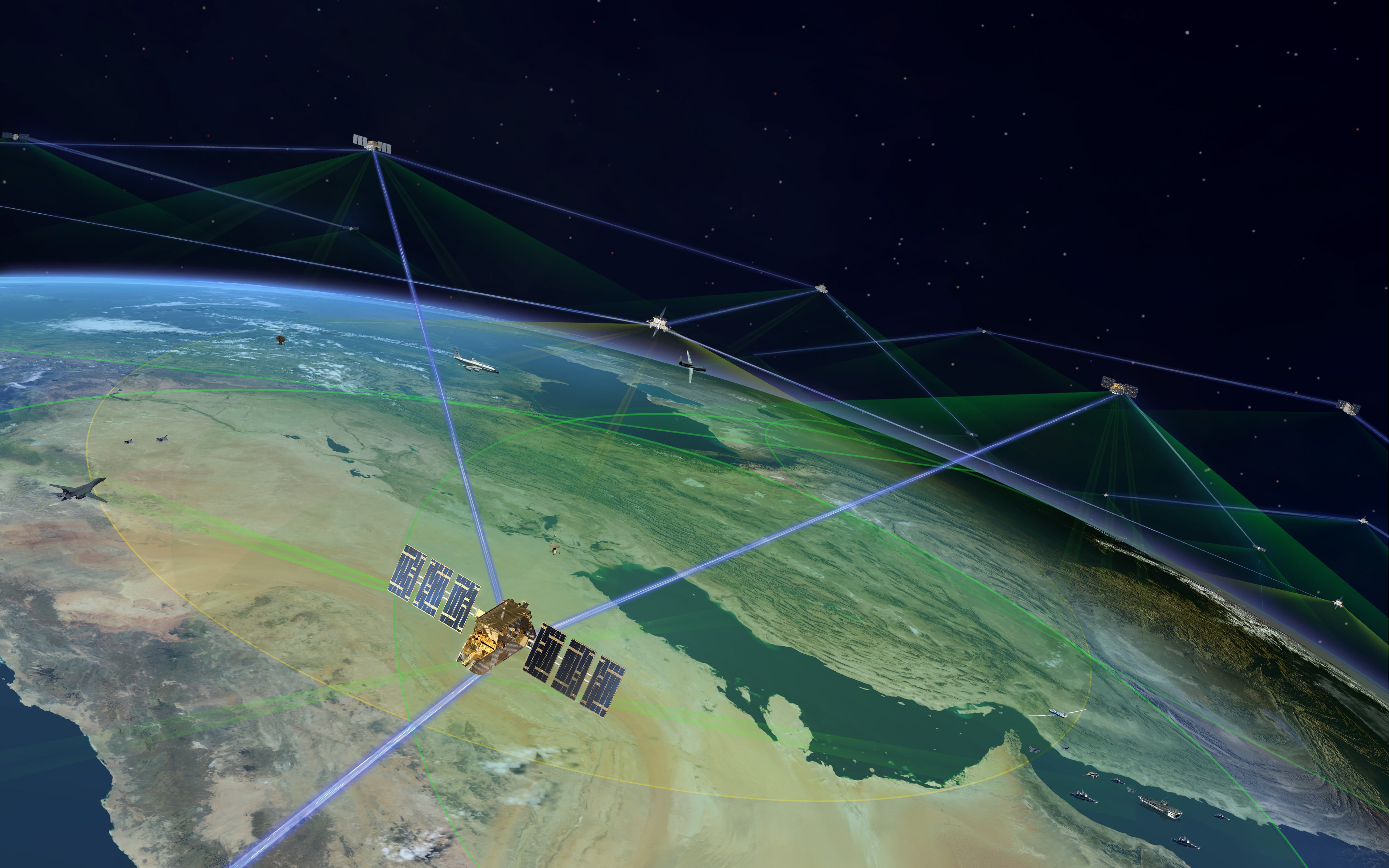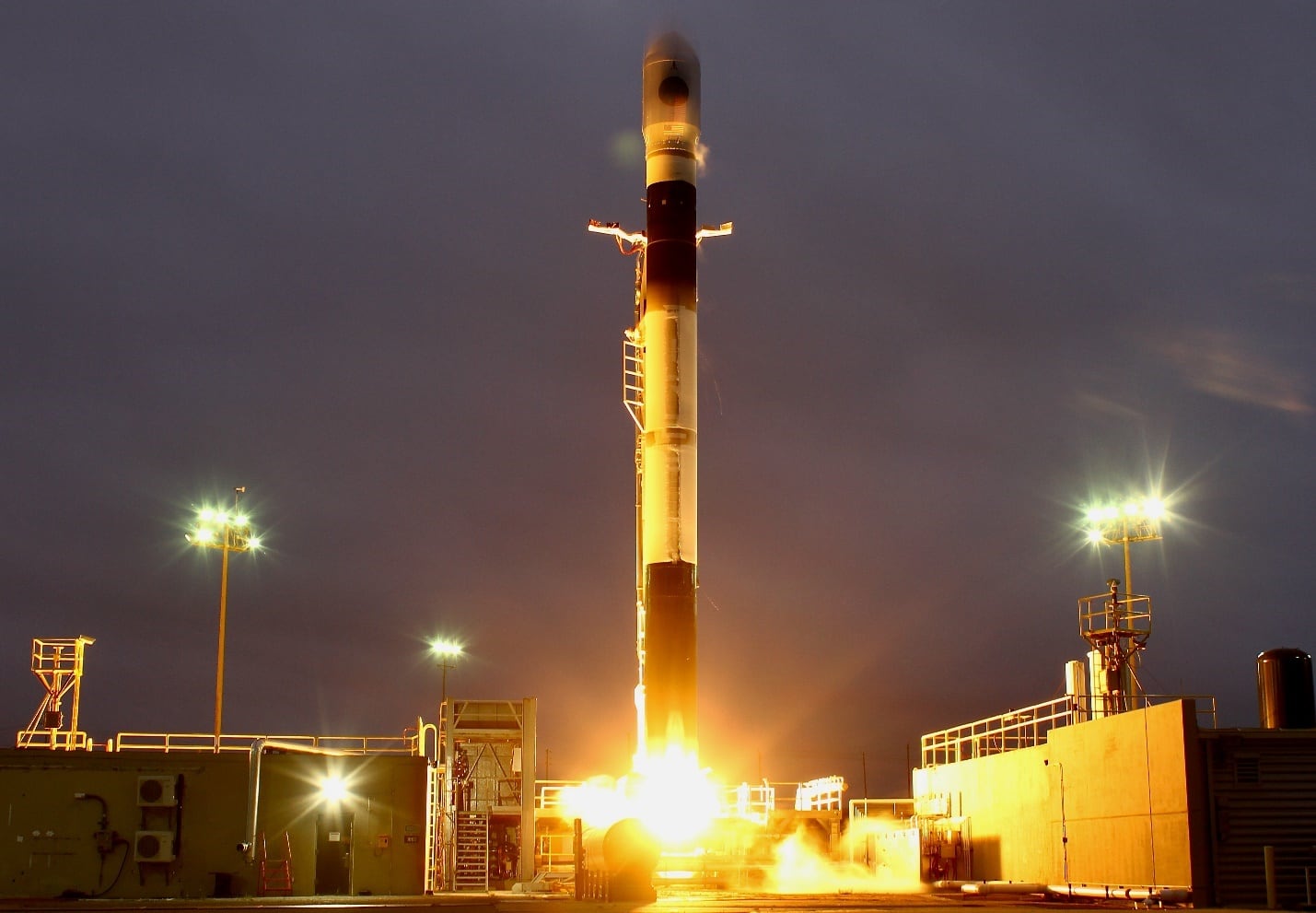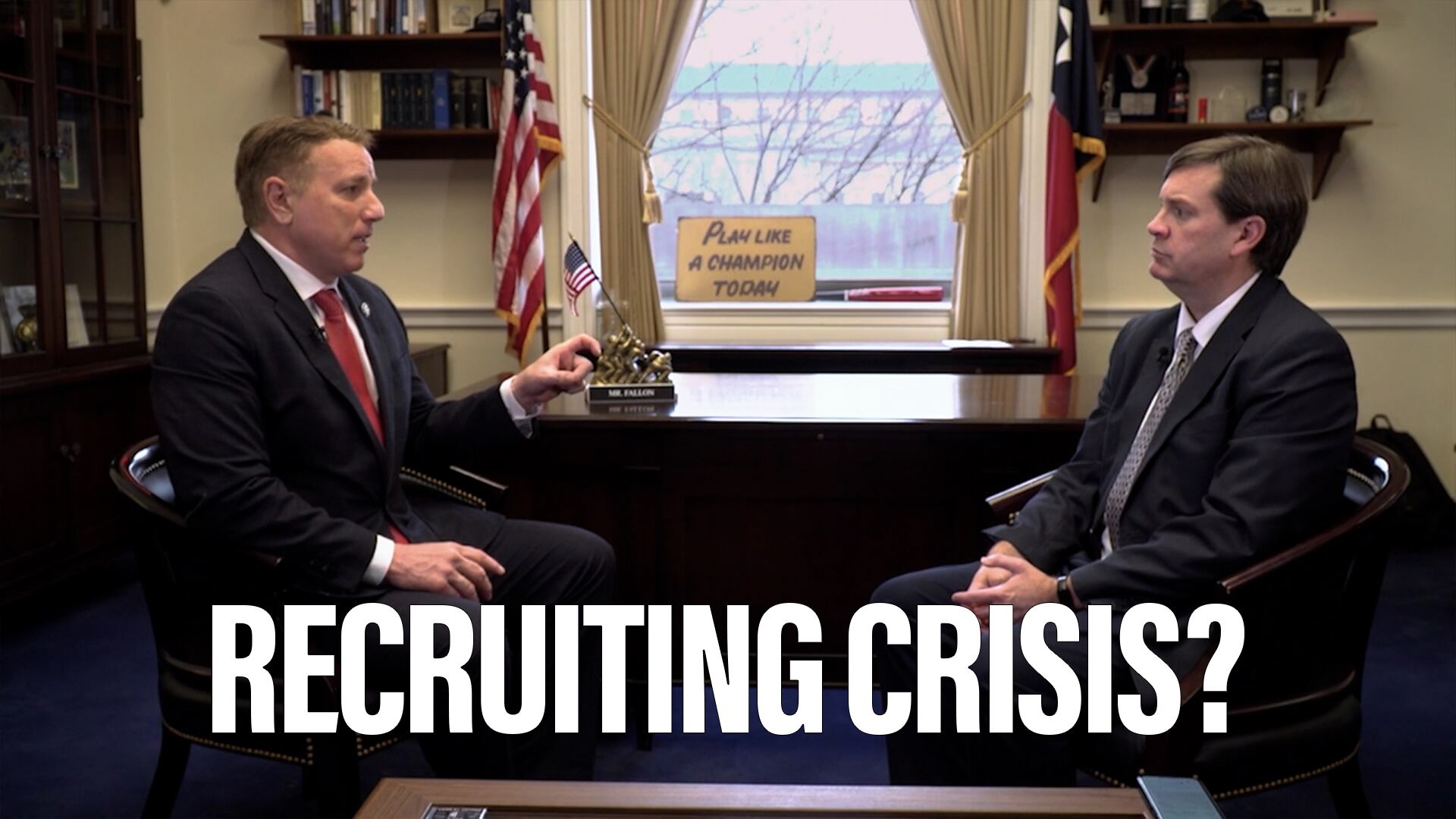WASHINGTON — Vice President Mike Pence on Aug. 9 unveiled the Pentagon’s plan to set the stage for a Space Force — a new military service branch centered around space operations — which could be in effect as early as 2020.
That plan involves creating an independent unified combatant command, U.S. Space Command, that will eventually be led by a four-star general, Pence said during a speech at the Pentagon.
It also calls for naming an assistant secretary of defense for space that will be in charge of standing up the department of the U.S. Space Force and could eventually transition to the position of its first service secretary.
Pence’s announcement comes after President Donald Trump ordered Defense Department leaders in June to begin paving the way to set up a Space Force.
RELATED
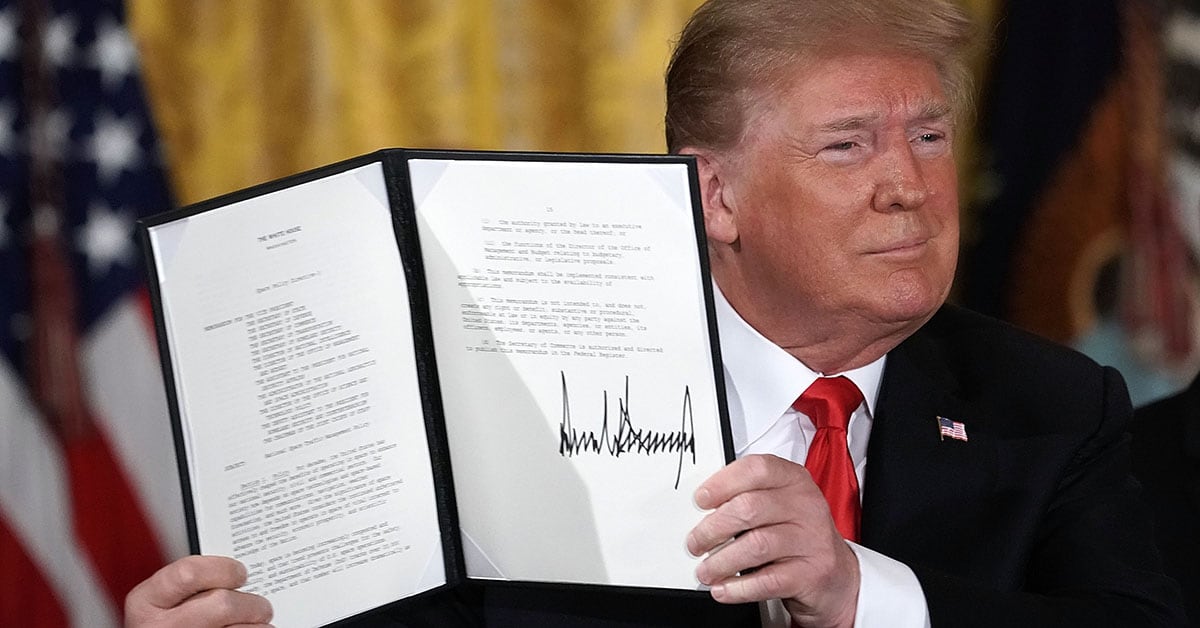
“Creating a new branch of the military is not a simple process,” Pence said, and a new Pentagon report that will be delivered to Capitol Hill today will lay out four steps the Defense Department will take in preparation of standing up a Space Force.
The four steps:
- Create U.S. Space Command as a new unified combatant command. The new organization will be led by a four-star general and will establish the space war-fighting doctrine, tactics, techniques and procedures.
- Build an elite group of space officers called “Space Operations Force,” which will be comprised of all of the services and “grow into their own cohesive community” similar to that of special operators, Pence said. “They will support the combatant command by providing space expertise in times of crisis and conflict.”
- Develop the Space Development Agency, a new joint procurement arm for space products. Pence said space acquisition had become too bureaucratic and that U.S. ability to innovate had been stifled by “needless layers of red tape.” The Space Development Agency, by contrast, would leverage prototyping and experimentation to achieve technology breakthroughs.
- Name a civilian to the post of assistant secretary of defense for space. This official will be charged with making the Space Force a reality, oversee the service’s expansion and would report to the secretary of defense. “This leader will be key to a critical transition to a fully independent secretary of the space force.”
The need for an independent space force was clear to the administration, Pence said, as competitors and potential adversaries such as China and Russia have developed new weaponry geared toward destroying or interrupting U.S. satellites.
The vice president cited a 2007 Chinese test of an anti-satellite missile; a airborne laser under development by Russia that will be able to destroy space-based systems; Russian and Chinese investments in hypersonics; and other technologies that would allow the two Eastern nations to steer their satellites in close proximity of U.S. assets.
“As their actions made clear, our adversaries have transformed space into a war fighting domain already,” Pence said. “The U.S. will not shrink from this challenge.”
Only Congress can officially create a new service branch by amending Title 10 of the United States code — something that Pence himself acknowledged.
“Ultimately Congress must act to establish this new department, which will organize, train and equip the United States Space Force,” he said.
“Our administration is already working with leaders in Congress to do just that. We’re building bipartisan support for our plan, working closely with committee counterparts” such as House Armed Services Committee head Rep. Mac Thornberry, R-Texas, his Democratic counterpart Rep. Adam Smith of Washington, and the two leaders of the HASC Strategic Forces Subcommittee, Reps. Mike Rogers, R-Ala., and Jim Cooper, D-Tenn.
Although the idea of a space force is popularly associated with Trump, it actually grew out of a proposal by Rogers.
Rogers envisioned a “Space Corps” that would be carved out of the Air Force, with its own budget, war-fighting cadre and speedier acquisition process. The Space Corps plan gained ground in the House, but was opposed by the Senate, White House and Pentagon. Eventually, it was killed in the 2018 National Defense Authorization Act, although language was included requiring the Pentagon to study the issue.
In a joint statement issued after Pence’s speech, Cooper and Rogers praised the report in a joint statement after Pence’s speech, saying the steps taken would help speed up acquisition and give space professionals “more clout” in the Pentagon.
“We have been warning for years of the need to protect our space assets and to develop more capable space systems,” Rogers and Cooper stated. “We are glad that the Pentagon is finally taking these steps in enhancing our space strength.”
Pence’s speech was attended by a host of top Defense Department and Air Force leaders, including Defense Secretary Jim Mattis; Ellen Lord, the Pentagon’s undersecretary of defense for acquisition and sustainment; Gen. Paul Selva, the vice chief of the Joint Chiefs of Staff; and Air Force Chief of Staff Gen. Dave Goldfein.
Two of them — Mattis and Goldfein — were previously major critics of the Space Corps proposal, having warned Congress that splitting off space operations could weaken existing military efforts to treat space as a new war-fighting domain.
However, earlier this week, Mattis told reporters that he was “in complete agreement” with the president and that he would be supportive of a combatant command for space.
Valerie Insinna is Defense News' air warfare reporter. She previously worked the Navy/congressional beats for Defense Daily, which followed almost three years as a staff writer for National Defense Magazine. Prior to that, she worked as an editorial assistant for the Tokyo Shimbun’s Washington bureau.
Tara Copp is a Pentagon correspondent for the Associated Press. She was previously Pentagon bureau chief for Sightline Media Group.
